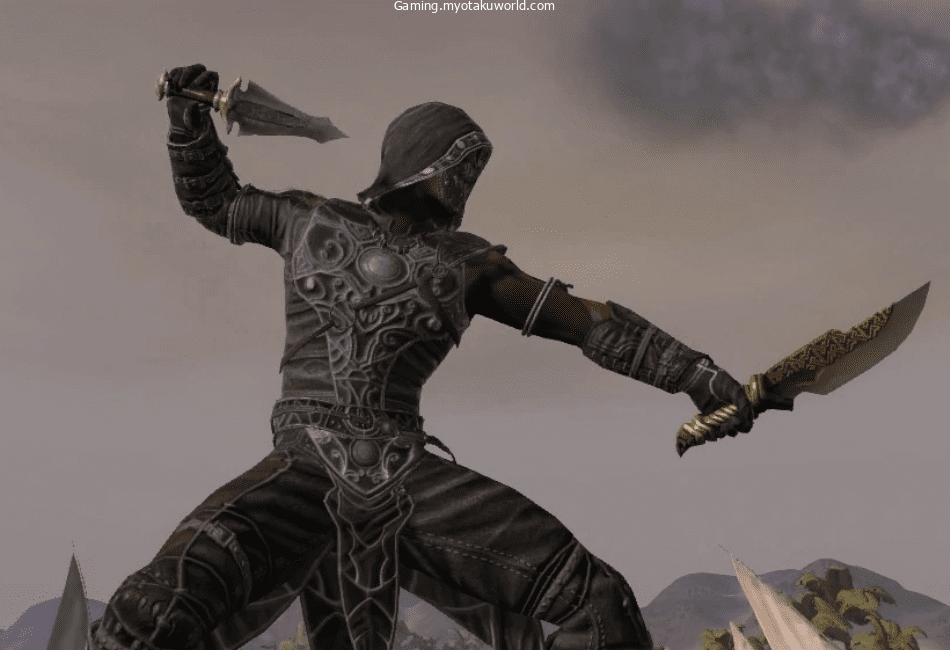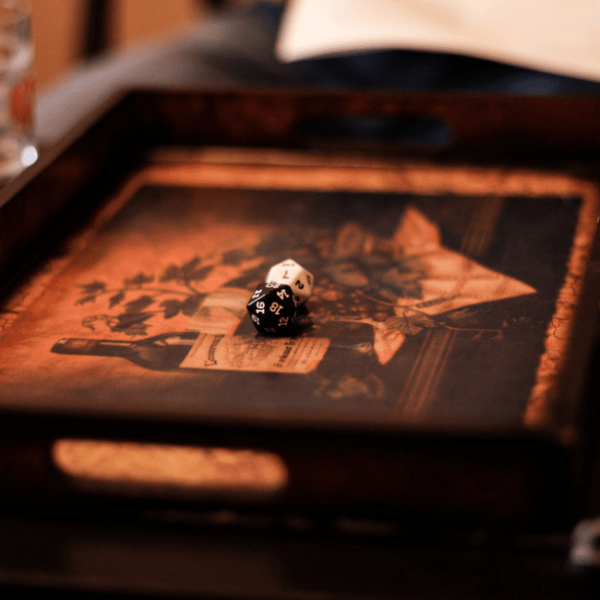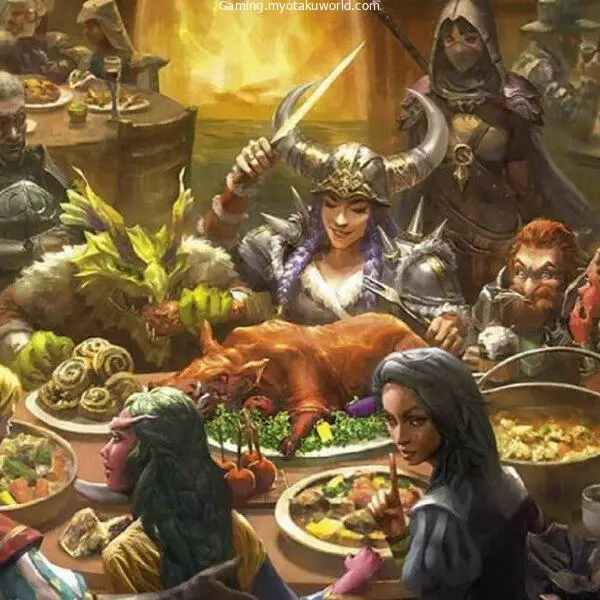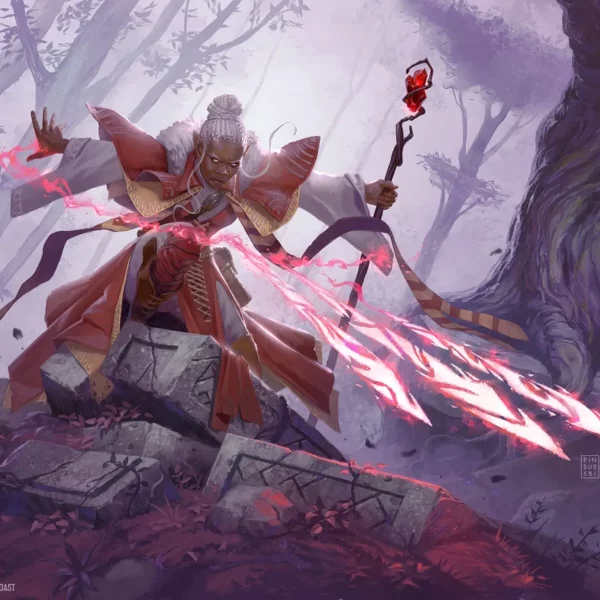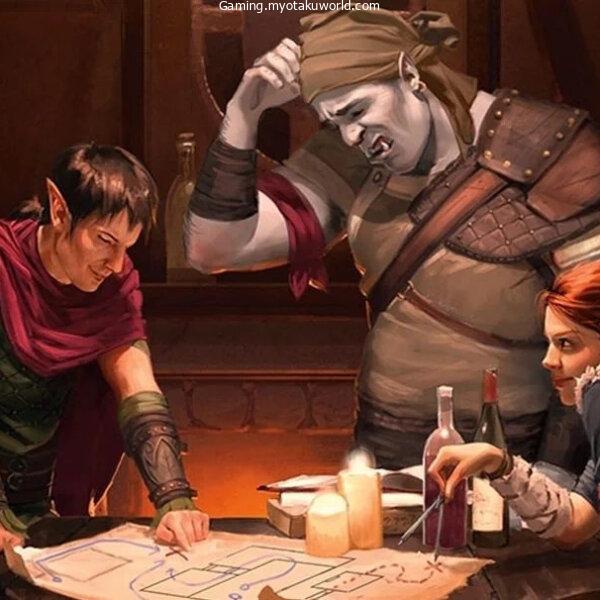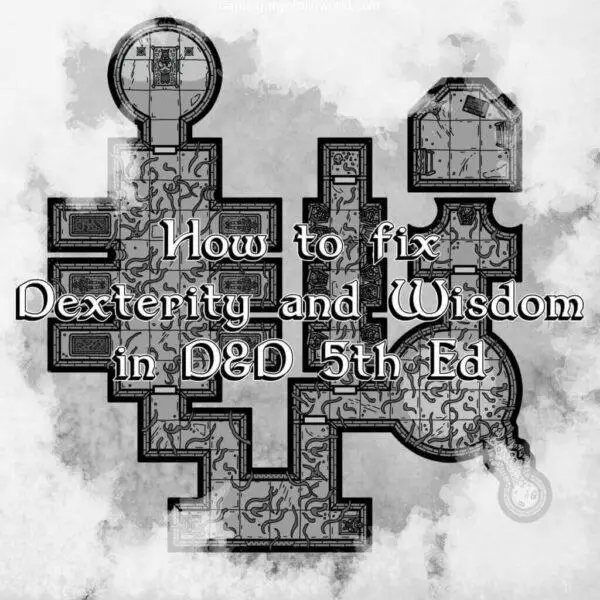Daggers are one the most well-known and fundamental weapons of D&D. They are also known for their many attributes, which make them very useful.
Are you more focused on your dexterity score than your strength? Because of its “finesse”, the dagger will have your back.
Imagine them as a dual-wielding fighter who is ready to take on any challenge. Because of their “light” properties, daggers can fulfill all your wishes.
They are valuable tools that can be used both inside and outside combat. These weapons are easy to find and are common. If your DM is good enough, even a small-town shop could sell one of these weapons.
Daggers are often overshadowed and outclassed by more powerful weapons like the great club and handaxe.
Why use a weapon that only deals with 1d4 piercing injury when it can do 1d6 slashing or 1d8 bludgeoning?
This article will help explain the dagger. You will be able to determine if the dagger is advantageous.
What is a dagger exactly?

A dagger is a melee weapon that deals 1d4 damage. It is typically a small, steel-made blade, but it can also be made from other materials.
The blade is usually sharpened at the ends and has sharp edges. These blades are often used for stabbing and have piercing properties.
Because the dagger can be used without much skill, it is classified as a simple weapon. This weapon can be used by anyone, and the extra 1d4 damage could even save your party.
It is 2 GP in weight, 1 lb. in weight, and can be thrown (20/60 ft.).
Finesse
Finesse allows you to choose to use your dexterity instead of your Strength modifier when attacking or receiving damage bonuses.
To determine whether your attack hits an opponent, you must roll an attack roll when you use a weapon to attack them.
The outcome of the roll is determined by how much your attack bonus was added to or subtracted from that roll.
Your attack bonus is normally composed of your proficiency bonus as well as your strength modifier.
If your character is a level 1, with a strength modifier +2, then their attack bonus would be +4, since level 1 barbarians have an +2 proficiency bonus.
An attack roll of 11 is required to hit a monster of armor class 15 or higher.
What if your character has a strength modifier -2 and is a quick level 1 rogue? Normally, this would mean that the attack bonus for your character would be 0.
The +2 proficiency bonus is canceled by the -2 strength modifier. Here is where finesse comes into play: If your rogue has the dexterity modifier +2, they can choose to use the dagger to increase their attack bonus to +4.
This applies to the damage bonus as well. Once your attack succeeds, the damage bonus is the modifier that is added to the damage roll.
It usually consists of your Strength modifier. You can use your dexterity or strength modifier instead, but this is possible due to finesse.
Finesses is a great property for characters who lack strength, such as stealthy rogues and magic-focused wizards.
Light
Two light weapons can be used to fight each other. Because light weapons are small and simple to use, it is possible to simultaneously use both during an attack. What is dual-weapon fighting?
The Player’s Handbook states that if you land an attack on your opponent with a light melee weapon in one hand, you may attack again using another light melee weapon in the other hand.
This bonus action is not required to make another attack roll to hit your second attack.
You cannot however add your ability modifier for the second attack unless the ability modifier has a negative value.
Your rogue may have a +2 dexterity mod and a dagger in each hand. They deal 1d4 +2 piercing injuries when they land an attack. They deal 1d4 piercing injury only for the second attack.
Let’s suppose that your rogue instead has a -2 Dexterity Modifier. They deal 1d4 – 2 piercing damages in the same scenario.
They deal the same 1d4- 2 piercing injury for the second attack. Because of the rules, you can add your ability modifier to any negative attack.
Thrown (20/60 feet)
To make a ranged attack, a weapon that has the thrown property can also be used to throw it at your opponent.
This is especially useful when your opponent is distant from you and it is impossible to reach them to make melee attacks.
The finesse property applies to the attack and damage bonus’ ability modifier even though the dagger has been thrown. You can choose to use your strength modifier or dexterity moderator.
The numbers in parenthesis beside the property thrown might be something you have noticed.
These numbers are used to indicate the attack range, since throwing the dagger is a ranged attack.
The dagger’s range is 20 feet. It is acceptable to throw the dagger at an enemy within 20 feet. You will be penalized if you attack beyond 20 feet.
A disadvantage on an attack roll requires you to roll twice, and the smaller of the two rolls will be your attack roll.
My level 1 rogue has a +2 dexterity modifier and plans to throw their dagger at an orc about 30 feet away.
My rogue is now at disadvantage in their attack roll because it is outside the normal range of the dagger. I get 9 and 15 when I roll again. My final attack roll is 9 + 4. (attack bonus).
The dagger’s maximum long-range was 60 feet. The dagger cannot be thrown beyond 60 feet.
You are at a disadvantage when you throw the dagger within 21- 60 feet. It is impossible to score a hit beyond 60 feet.
What classes can use a dagger and which cannot?
In this context, “using” a dagger means “being proficient in its use”. Even so, all classes in Tasha’s Cauldron of Everything and the Player’s Handbook can use a dagger.
This includes the Artificer, Barbarian, Rogue, and Wizard classes.
It’s a universal weapon that all characters can use. Are you an elf barbarian or a Halfling warlock? Perhaps a Halfling warlock.
Perhaps a half-orc wizard. They can certainly use it, regardless of their status. This is a list of the classes that can use a dagger.
Most of them are proficient with simple weapons and can use a dagger. Some classes may not be proficient with simple weapons, but they are skilled with the dagger. The wizard, the sorcerer, and the druid.
Which classes begin with a dagger?
Every class above can start with a dagger, except one. The fighter is the exception to this rule, as the Fighter’s starting equipment is primarily focused on martial weapons.
When choosing the simple weapon option, seven of the 12 classes may choose a dagger to start.
The Artificer, for example, can start with two simple weapons. Daggers are also possible.
Sometimes you can choose between two options. You can choose between two basic weapons or two handaxes for the Barbarian.
You can choose to have a dagger or a simple weapon, and you can start five classes.
These are the Rogue, Bard, and Sorcerer. The Warlock, Warlock, Wizard, and Warlock are all examples of these four classes. Each one is different.
The Bard begins with one dagger, the Rogue with two, and the Sorcerer with two. The Warlock class starts with two daggers.
Any simple weapon and another option are available to The Wizard have the option of either a dagger or a quarterstaff.
These classes can be summarized as follows:
- Artificer (any of the two simple weapons you choose)
- Barbarian: Two handaxes or any other simple weapon.
- Bard (one dagger)
- Cleric: A light crossbow with 20 bolts, or any other simple weapon
- Druid is a simple wooden weapon or shield.
- Monk is a shortsword or simple weapon.
- Paladin: Five javelins or any other melee weapon.
- Ranger: Two shortswords or two simple melee weapons.
- Rogue (two daggers)
- Two daggers + a light crossbow, 20 bolts, and a simple weapon make a sorcerer
- Warlock: Two daggers, any simple weapon + light crossbow, 20 bolts or any other simple weapon; or any combination thereof
- Wizard (a quarterstaff; or a dagger)
Are daggers magical?
Daggers aren’t magical. These simple weapons can be found everywhere and are easily accessible by everyone.
You can also make a dagger magical by using spells like Elemental Weapon, which is a 3 -level transmutation magic.
The spell can be cast on any dagger to give it an elemental damage type for up to one hour. It will also have +1 on attack rolls and 1d4 additional elemental damage.
You can also make daggers magical by using the Artificer’s Infuse Item ability, which is available at the 2 and 3 levels.
An Artificer can infuse a weapon to make it magical after a long rest. An Artificer Infusion that can be applied to any dagger is Enhanced Weapon or Radiant Weapon.
A DM can also use magic daggers to enhance their campaign. These items can be found in many places, including the Dungeon Master’s Guide, Waterdeep, Dungeon of Mad Mage, and others. You can use them all in different ways, as they have different properties and rarities.
| Item Title | Rarity | Source |
| The Dagger of Blindsight | Rare | Waterdeep: Dungeons of the Mad Mage |
| Dagger of Guitar Solos | Unknown | Waterdeep: Dungeons of the Mad Mage |
| Dagger of Venom | Rare | Dungeon Master’s Guide |
| Warning: Dagger of War | Uncommon | Dungeon Master’s Guide |
| Dragontooth Dagger | Rare | Rise of Tiamat |
FAQs
What damage can a dagger cause?
The dagger deals 1d4 damage to the pierce, plus strength and dexterity modifiers. The dagger’s finesse property allows you to choose which of the two is more important.
What’s the range of a dagger’s blade?
The dagger can be used to attack opponents up to 5 feet away. The dagger has a throw property which allows you to make a ranged attack. It can be thrown at a distance of between 20 and 60 feet.
What are some of the properties of the dagger?
The dagger can be used as a melee weapon, with light, finesse, and throw (20/60 feet) properties. You can choose between strength and dexterity modifiers during attack or damage bonus. The light property allows your two daggers to be dual-wielded; the thrown property allows for a ranged attack.
